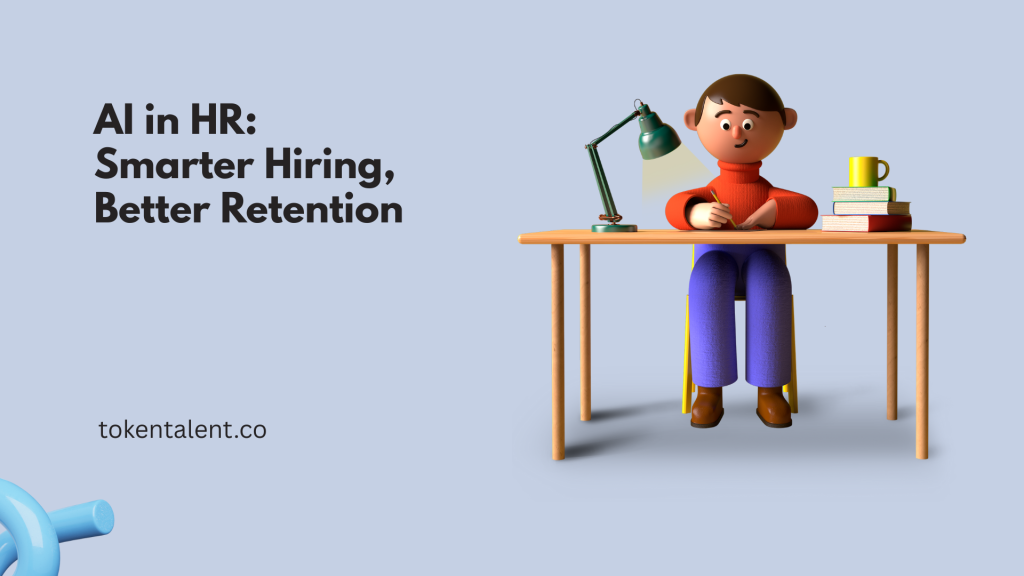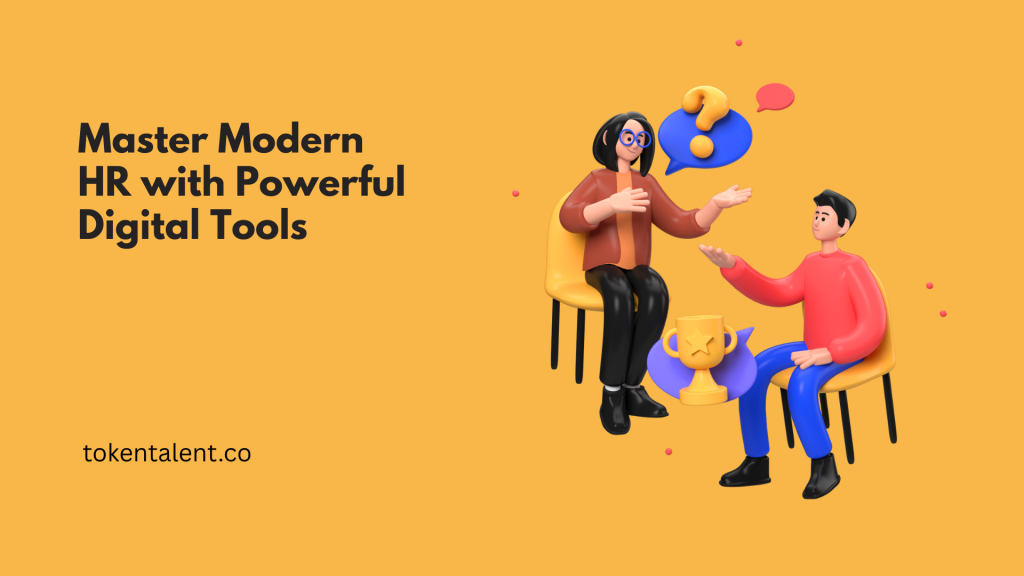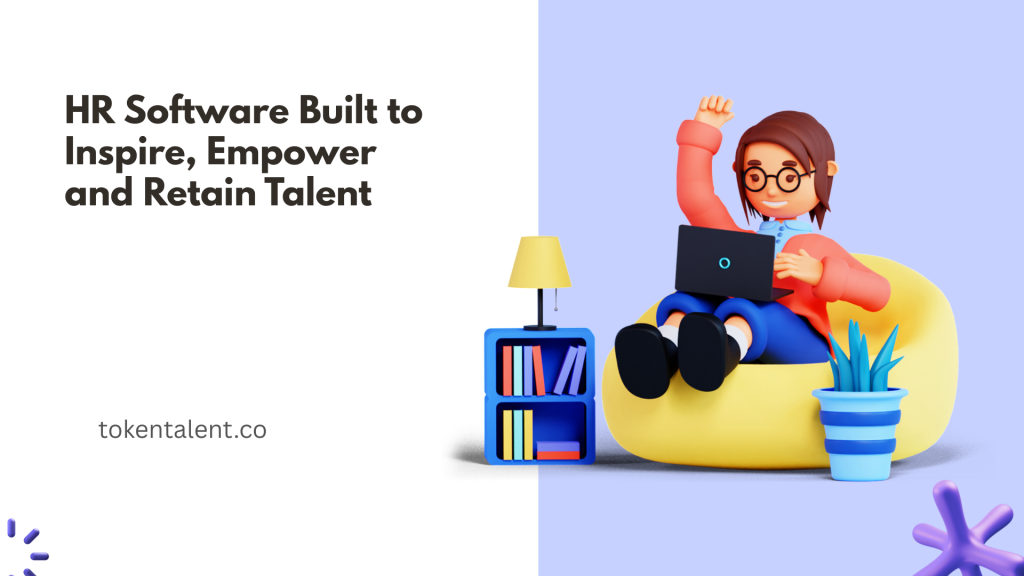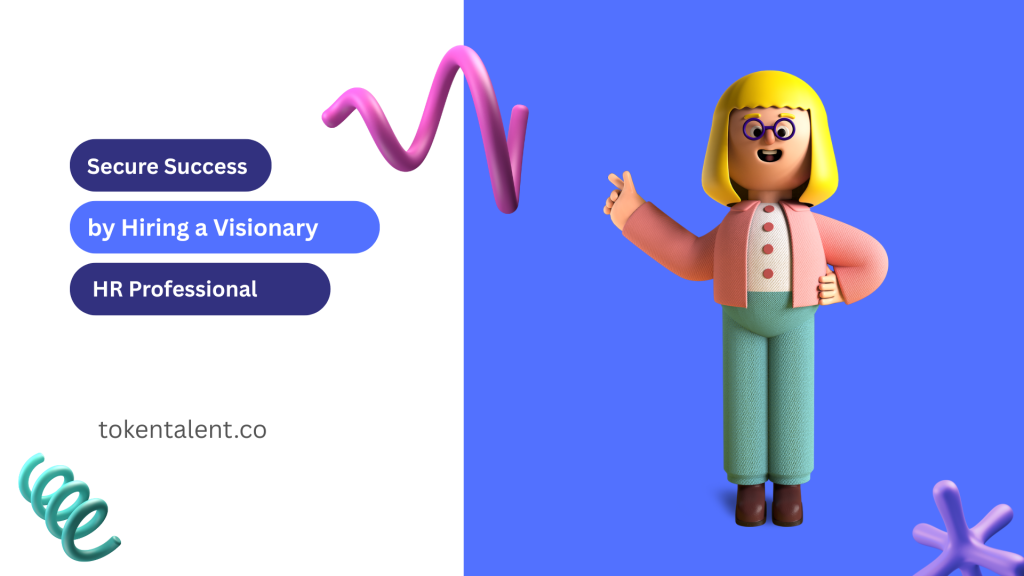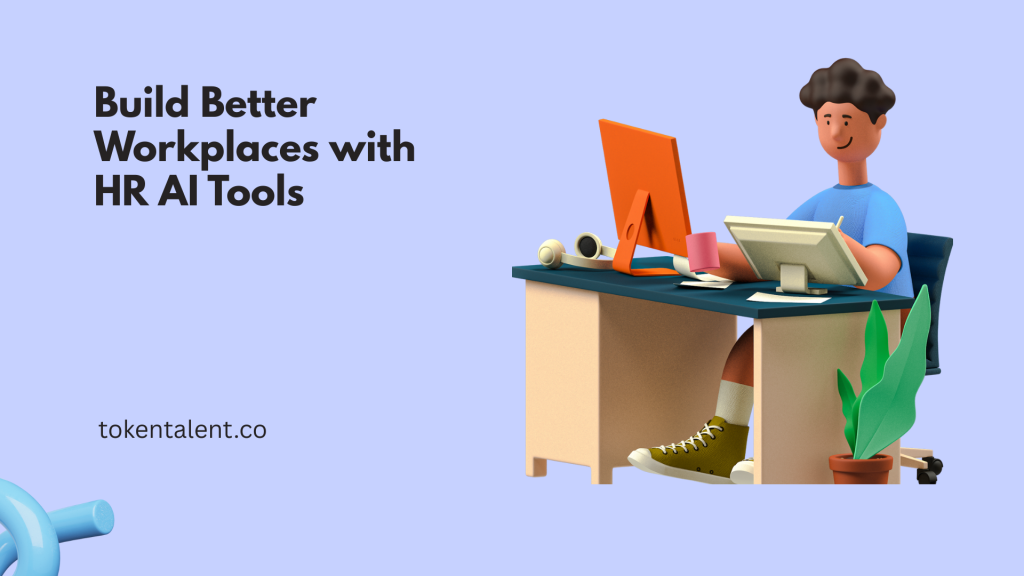AI in HR is now the norm in the field of Human Resources. In fact, 60% of C-suite level executives and HR decision-makers believe their HR departments will integrate more AI and automation into their functions and processes within five years, as doing so is expected to enhance HR practices and support organizational competitiveness and achievement.
To help you gain a better understanding of how to use AI in HR analytics, this article discusses why it matters, how to apply it to your organization’s HR function, and real-life company examples of AI in HR analytics to inspire your own approach.
Contents
- AI in HR analytics: HR’s role and impact
- Abbreviations to know
- Why HR analytics is important in Human Resources
- Real-life AI in HR analytics examples
- How to use AI in HR analytics: 5 steps
- The future of AI in HR analytics
AI in HR Analytics: HR’s Role and Impact
AI is transforming HR analytics by improving data collection, processing, and decision-making — streamlining HR processes and helping teams work faster and smarter.
Key Areas Where AI Impacts HR Analytics:
- Recruitment and Hiring: AI-driven applicant tracking systems (ATS) scan and evaluate résumés and cover letters quickly and objectively. Chatbots handle scheduling, candidate updates, and performance prediction.
- Employee Experience: AI chatbots assist with onboarding, FAQs, and provide instant access to HR services, policies, and benefits.
- Learning and Development: AI personalizes employee development by analyzing career goals and skills to suggest training.
- Retention and Turnover Prediction: AI models help understand resignation reasons and forecast attrition trends.
- Upskilling and Reskilling: AI identifies skill gaps and recommends targeted training for future roles.
Abbreviations to Know with AI in HR Analytics
Before diving deeper, here are essential terms and abbreviations:
- AI (Artificial Intelligence): Machines that mimic human decision-making.
- Algorithm: Step-by-step instructions for solving problems.
- Machine Learning (ML): AI that improves with data input.
- Generative AI (GenAI): Creates content like text, images, and video based on prompts.
- Natural Language Processing (NLP): Helps machines understand human language.
- Chatbot: Uses NLP and ML to interact with users like a human.
Why HR Analytics Is Important in Human Resources
HR analytics uses data to understand workforce trends and support strategic decision-making.
Benefits Include:
- Better employee engagement and retention
- Evidence-based HR decisions
- Forecasting future workforce needs
- Evaluating HR initiatives and impact
- Improving recruitment, training, and performance
- Efficient resource use
- Creating targeted HR strategies
Real-Life AI in HR Analytics Examples
IBM
AI powers HR recommendations, chatbots, and automation for HR functions, including promotions and learning.
PepsiCo
Uses Hired Score, an AI tool, to rank candidates and improve decision-making using data from ATS, CRM, and HRIS.
Walmart
Uses My Assistant, a GenAI-powered tool for internal support, document drafting, and training access.
Token Talent
Aims to bring these AI-driven HR capabilities to businesses by offering smart, intuitive tools that make HR processes more efficient and data-driven.
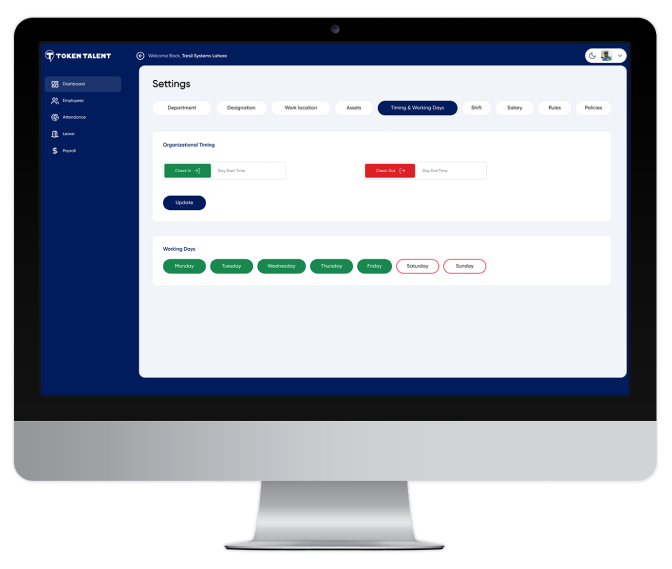
How to Use AI in HR Analytics: 5 Steps
Step 1: Ensure Data Privacy and Compliance
Ensure ethical data collection, employee consent, encryption, and secure storage. Use AI prompts to guide data needs.
Step 2: Train HR Teams on AI
Provide legal and practical training on how AI works, how to interpret it, and when human judgment is needed.
Step 3: Use AI to Complement, Not Replace Humans
AI boosts speed and accuracy but cannot replace empathy or context. Human input remains essential.
Step 4: Use AI for Continuous Improvement
Analyze current processes, use AI to pinpoint inefficiencies, and track performance to improve over time.
Step 5: Monitor and Minimize AI Bias
Ensure diverse training datasets, regular audits, and a human feedback loop to mitigate bias.
HR Tip:
Minimize bias by using explainable AI (XAI) and secure employee data with consent mechanisms.
Generative AI in People Analytics
GenAI can:
- Summarize candidate profiles
- Create reports from prompts
- Compile feedback
- Draft emails
- Spot leadership potential
- Predict future scenarios
HR’s Top Burning Question
How can I leverage AI and talent analytics to build trust among employees?
Annelise Pretorius says:
“Organizations should prioritize transparency, ethical practices, and value demonstration. Implement clear AI use guidelines and conduct regular audits.”
The Future of AI in HR Analytics
Trends to Watch:
- Increased automation of HR tasks
- AI-powered DEIB (Diversity, Equity, Inclusion, and Belonging)
- Advanced predictive analytics for strategic planning
- AI-driven mental health and wellbeing tools
- Deeper integration with HR platforms like Token Talent
Final Thoughts
AI is revolutionizing HR analytics with smarter, data-backed decision-making and efficient processes. By adopting AI responsibly, you can improve employee experiences, refine strategies, and offer more value to your organization.
To succeed with AI in HR, balance ethical considerations, human oversight, and transparency with technological innovation.
